A fine Victorian engraved gilt brass hump-back carriage clock with push-button repeat and original black marble inset stand Probably by Thomas Cole for retail by Edward Biven, London, circa 1845 The rectangular two train going barrel movement with four plain pillars pinned through the backplate, five-spoke wheel crossings and rear winding, the four-wheel going train regulated by horizontal gilt platform ratchet tooth lever escapement with sprung steel three-arm balance mounted above the plates, the strike train devised without warning and with push-button repeat sounding on a gong mounted on the movement backplate, the arched silvered brass dial finely engraved with intense asymmetric foliate scrolls on a horizontal hatched ground to centre and with fine blued steel fleur-de-lys hands within a 3.25 inch Gothic Roman numeral chapter ring inscribed EDWARD BIVEN, KING WILLIAM STREET CITY either side of the XII numeral and with narrow outer minute track, the borders overlaid with a shaped gilt brass mask surround further engraved with conforming leafy trails and incorporating inset shaped silvered reserve featuring a single elaborate floral spray to lower margin, the arched case with bevelled front glass secured within repeating leaf decorated bezel plate by screws to a one-piece casting engraved with continuous large scale bird inhabited floral trail to top and sides and fitted with unusual two-piece hinged interlocking carrying handle, the sides with applied repeating leaf decorated skirts at the base, the back with one-piece frosted gilt plate fitted with shuttered winding holes and FAST/SLOW regulation within impressive engraved trophy panel incorporating quiver of arrows, bow, tambourine and a nesting bird, on shaped bracket feet, 17cm (6.75ins) high with handle folded; with original stand with rectangular cavetto moulded black marble insert to gilt floral trail engraved canted skirt, 24cm (9.5ins) high overall with handle raised. Edward Biven does not appear in usual reference works however he his recorded in The London Gazette as watch maker and jeweller of 64 Great William Street as having bankruptcy proceedings filed against him April 8th 1854. The life and work of Thomas Cole is extensively documented in Hawkins, J.B. THOMAS COLE & VICTORIAN CLOCKMAKING. Thomas Cole was born in Nether Stowey, Somerset in 1800. His father, Thomas senior, was a local clockmaker who is now known to have moved his family to Taunton in around 1815; he was a talented maker who probably taught both Thomas and his older brother, James Ferguson the clockmaking trade. By 1821 James Ferguson had moved to London and filed a Patent for a pivoted detent escapement, by 1823 he was working from New Bond Street where he was joined by his younger brother, Thomas. Over the next twelve years the two brothers worked alongside each other and produced a series of highly complicated silver 'humpback' carriage clocks very much in the manner of Abraham Louis Breguet (leading some to speculate a connection between Breguet and the Cole brothers). The brothers then went their separate ways with James Ferguson going on to explore his technical abilities later developing a series of escapement designs including a 'resilient' lever escapement (1830), a 'double rotary' escapement (1840), a detached escapement calliper (1849) and an escapement with negative diameter (1859). Thomas Cole sought to specialise in small decorative timepieces of the highest quality. By 1845 he was advertising himself as a 'designer and maker of ornamental clocks' and in 1851 submitted examples for display at the Great Exhibition, both under his name, and on the stands of other leading retailers such as Hunt & Roskel and Hancocks. He then went on to exhibit at the Paris Exhibition of 1855 where his entry warranted an 'Honourable Mention', and again at the British International Exhibition in 1862 where he was awarded a medal for 'Excellence of taste and design'. Thomas Cole was elected to the R
A fine Victorian engraved gilt brass hump-back carriage clock with push-button repeat and original black marble inset stand Probably by Thomas Cole for retail by Edward Biven, London, circa 1845 The rectangular two train going barrel movement with four plain pillars pinned through the backplate, five-spoke wheel crossings and rear winding, the four-wheel going train regulated by horizontal gilt platform ratchet tooth lever escapement with sprung steel three-arm balance mounted above the plates, the strike train devised without warning and with push-button repeat sounding on a gong mounted on the movement backplate, the arched silvered brass dial finely engraved with intense asymmetric foliate scrolls on a horizontal hatched ground to centre and with fine blued steel fleur-de-lys hands within a 3.25 inch Gothic Roman numeral chapter ring inscribed EDWARD BIVEN, KING WILLIAM STREET CITY either side of the XII numeral and with narrow outer minute track, the borders overlaid with a shaped gilt brass mask surround further engraved with conforming leafy trails and incorporating inset shaped silvered reserve featuring a single elaborate floral spray to lower margin, the arched case with bevelled front glass secured within repeating leaf decorated bezel plate by screws to a one-piece casting engraved with continuous large scale bird inhabited floral trail to top and sides and fitted with unusual two-piece hinged interlocking carrying handle, the sides with applied repeating leaf decorated skirts at the base, the back with one-piece frosted gilt plate fitted with shuttered winding holes and FAST/SLOW regulation within impressive engraved trophy panel incorporating quiver of arrows, bow, tambourine and a nesting bird, on shaped bracket feet, 17cm (6.75ins) high with handle folded; with original stand with rectangular cavetto moulded black marble insert to gilt floral trail engraved canted skirt, 24cm (9.5ins) high overall with handle raised. Edward Biven does not appear in usual reference works however he his recorded in The London Gazette as watch maker and jeweller of 64 Great William Street as having bankruptcy proceedings filed against him April 8th 1854. The life and work of Thomas Cole is extensively documented in Hawkins, J.B. THOMAS COLE & VICTORIAN CLOCKMAKING. Thomas Cole was born in Nether Stowey, Somerset in 1800. His father, Thomas senior, was a local clockmaker who is now known to have moved his family to Taunton in around 1815; he was a talented maker who probably taught both Thomas and his older brother, James Ferguson the clockmaking trade. By 1821 James Ferguson had moved to London and filed a Patent for a pivoted detent escapement, by 1823 he was working from New Bond Street where he was joined by his younger brother, Thomas. Over the next twelve years the two brothers worked alongside each other and produced a series of highly complicated silver 'humpback' carriage clocks very much in the manner of Abraham Louis Breguet (leading some to speculate a connection between Breguet and the Cole brothers). The brothers then went their separate ways with James Ferguson going on to explore his technical abilities later developing a series of escapement designs including a 'resilient' lever escapement (1830), a 'double rotary' escapement (1840), a detached escapement calliper (1849) and an escapement with negative diameter (1859). Thomas Cole sought to specialise in small decorative timepieces of the highest quality. By 1845 he was advertising himself as a 'designer and maker of ornamental clocks' and in 1851 submitted examples for display at the Great Exhibition, both under his name, and on the stands of other leading retailers such as Hunt & Roskel and Hancocks. He then went on to exhibit at the Paris Exhibition of 1855 where his entry warranted an 'Honourable Mention', and again at the British International Exhibition in 1862 where he was awarded a medal for 'Excellence of taste and design'. Thomas Cole was elected to the R
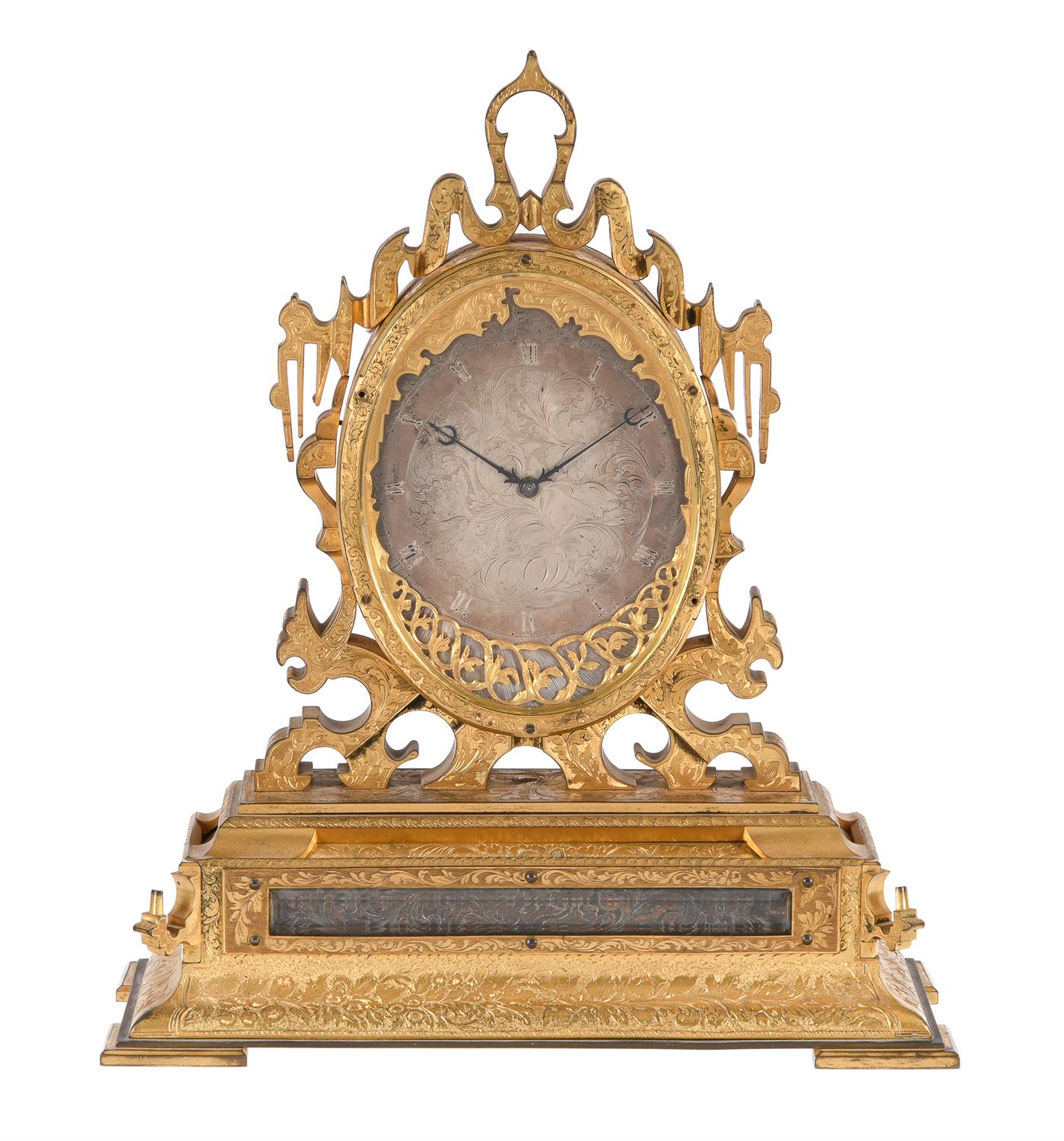

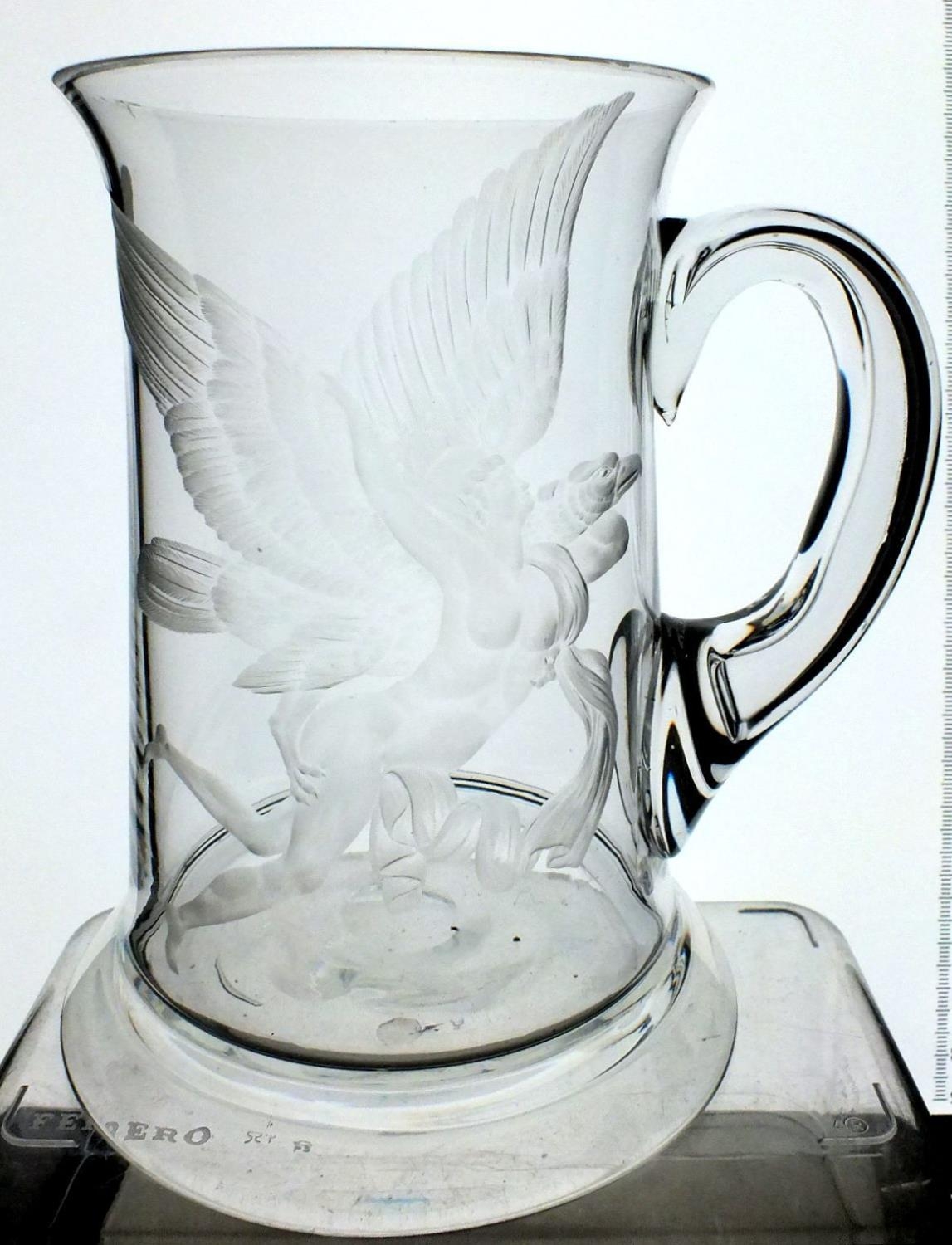




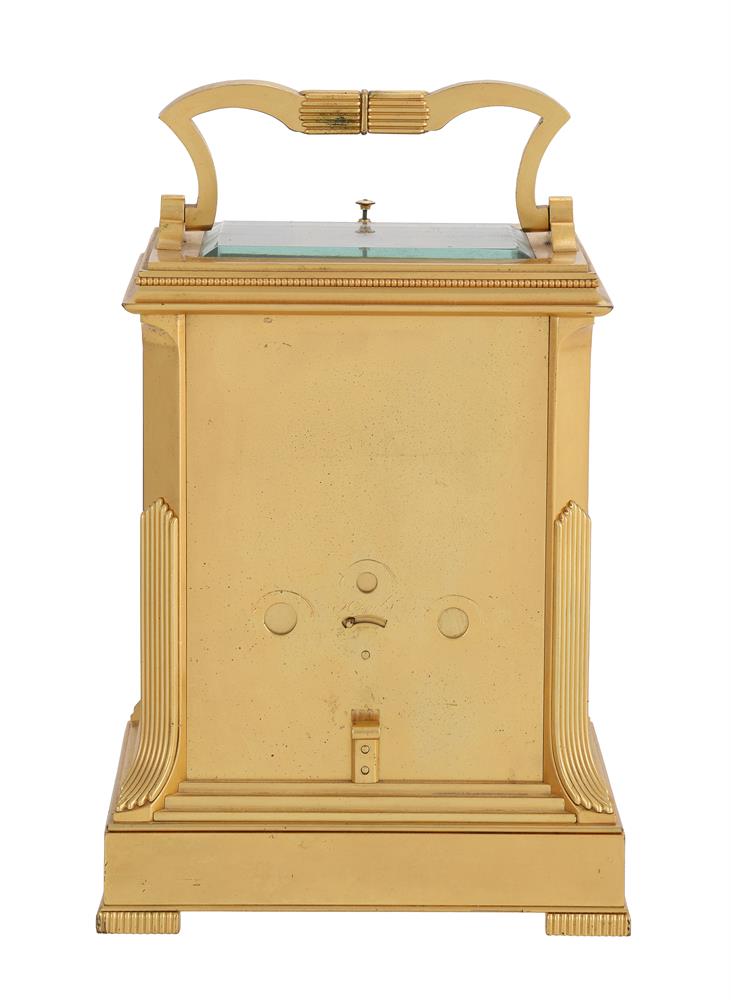



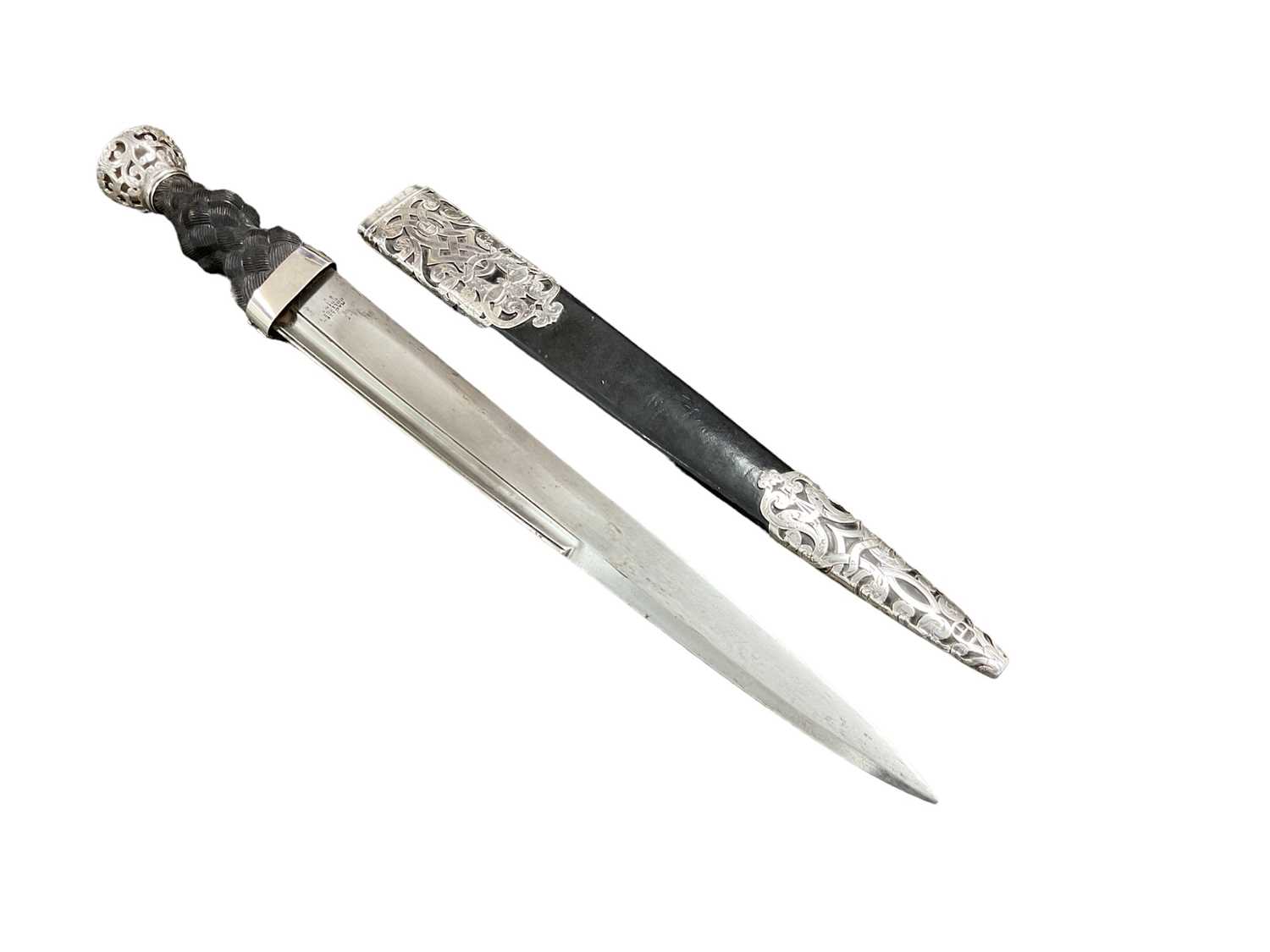

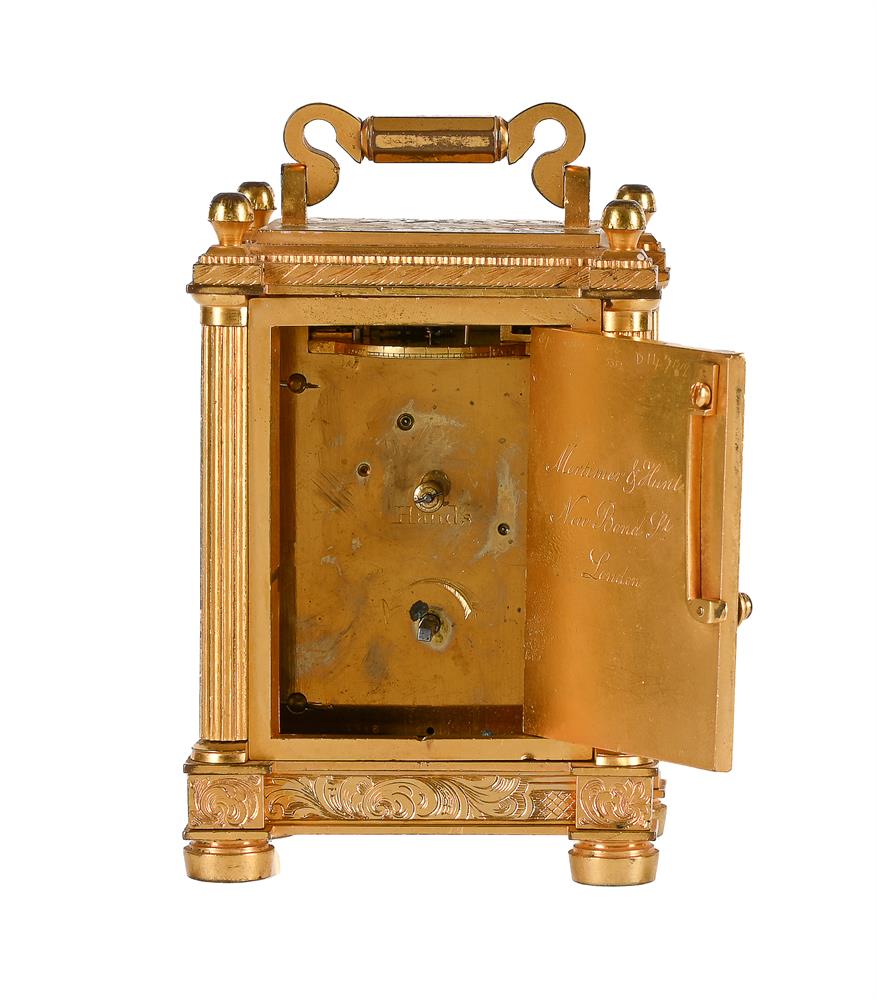

Testen Sie LotSearch und seine Premium-Features 7 Tage - ohne Kosten!
Lassen Sie sich automatisch über neue Objekte in kommenden Auktionen benachrichtigen.
Suchauftrag anlegen